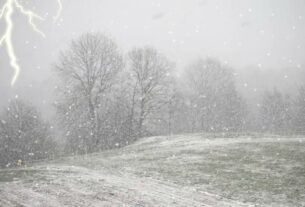Hungary is threatened with drought in the coming decades if climate change is not stopped, ELTE researchers told MTI on Tuesday.
In their study, due to increasingly stronger climate change, the spread of dry areas is likely, primarily in the northern and central parts of the Great Plain, the Little Plain and the northeastern part of Transdanubia. The process has been going on for decades, compared to the 1970s and 1980s, the proportion of wet areas has already decreased from 84 percent to 68 percent, comparing the June data, they wrote. The forecast outlines several possibilities. Based on the worst-case scenario, by the end of the century, the Great Plain may be a completely dry area, and only the western part of the country will remain wetter. It is conceivable that Hungary may be dominated by forested steppe to a greater extent, even more than 85 percent, by the second half of the century, at the same time the beech forests may disappear completely, and the oak forests will be reduced to a very small area. The less serious possibility is that the drying is limited to a smaller area, a significant part of the North Central Mountains and Transdanubia will remain a wet area. This also shows that it does not matter what happens until then, since the extent of the changes in the coming decades depends on the current measures – they added. The study on the domestic effects of climate change is published on the masfelfok.hu website.
MTI
pixabay


















